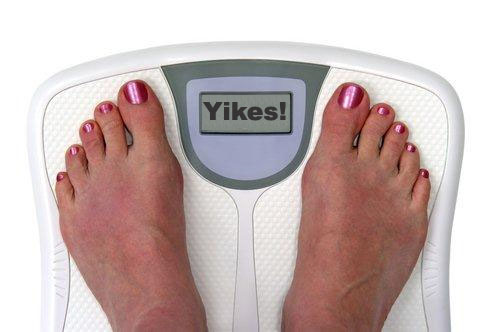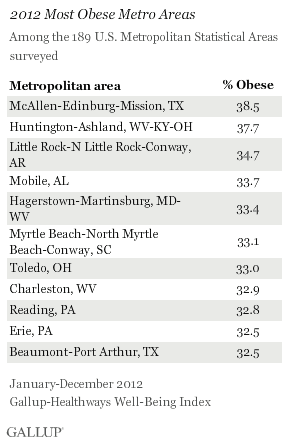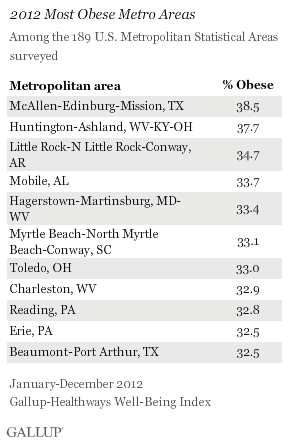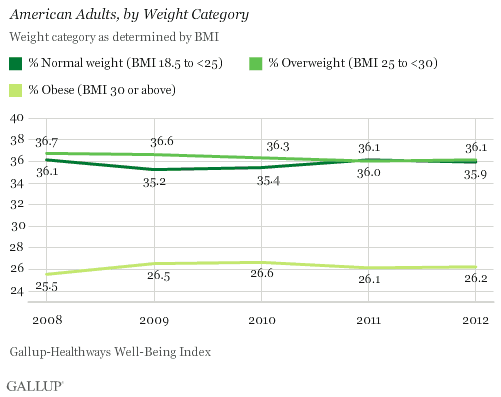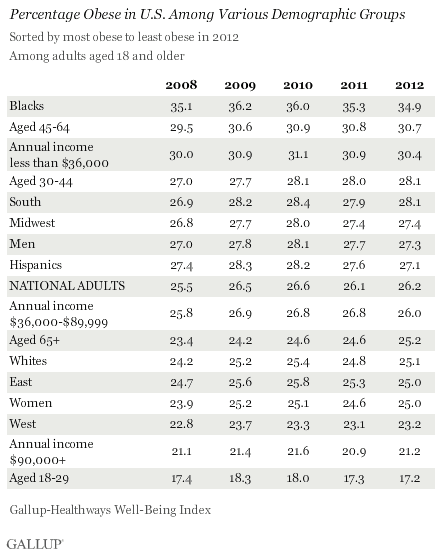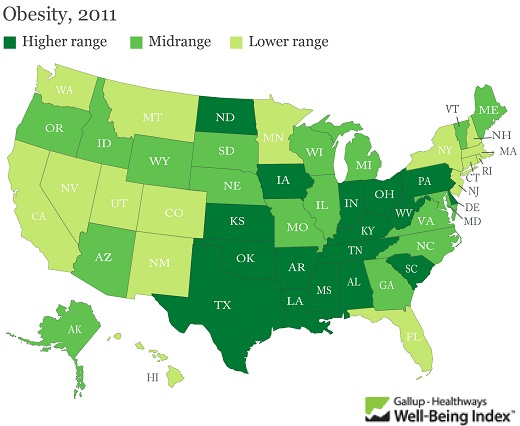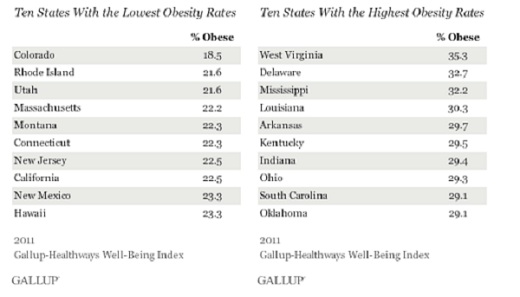The Healthy Flap: May 24, 2013
Posted onThese are my healthy news health headlines for May 24, 2013:
- Children of married parents less likely to be obese
“Children living in households where the parents are married are less likely to be obese, according to new research from Rice University and the University of Houston.”Childhood obesity is a significant public health issue in our country, with nearly one-third of all U.S. children ages 2-17 overweight or obese,” said Rachel Kimbro, study co-author, associate professor of sociology at Rice and director of Rice’s Kinder Institute Urban Health Program. “Despite this, very little research has been conducted to explore the impact of family structure on this epidemic.”” - Stress may be causing your cravings
“What do drug addicts, serial dieters and children from troubled homes have in common?
More than you might think.
Stress can play a pernicious role in triggering a vicious cycle that leaves these groups overwhelmed by uncontrollable impulses and distracted by negative feelings — all of which may, in turn, spark subsequent cycles of relapse, bingeing and failure.
Through a career that spans almost three decades, Rajita Sinha, psychologist and head of the Yale Stress Center, has sought to understand the processes underlying these stress cycles in hopes they may one day be prevented.”
- New California health insurance rates unveiled
“Amid anxiety over rising costs from the federal healthcare law, California received better-than-expected insurance rates for a new state-run marketplace, but many consumers still won’t be spared from sharply higher premiums.Three years after President Obama’s landmark law was passed, the state unveiled the first details Thursday on what many Californians can expect to pay for coverage from 13 health plans offering policies in the state’s exchange, in which as many as 5 million people will shop for coverage next year.Developments in California are being watched carefully around the country as an important indicator of whether the healthcare law can deliver on its promise to expand health coverage at an affordable price. Many Republicans, insurance executives and other critics of the law have been warning that consumers are in for a shock next year when insurance companies raise rates to comply with the law’s many new requirements.” - Heartburn Tied to Throat Cancer
“Frequent heartburn increases the risk for throat cancer, a new study has found, and over-the-counter antacids may provide protection.Researchers studied heartburn incidence and medication use in 631 patients with squamous cell cancers of the throat and vocal cords who were not heavy smokers or drinkers, matching them with 1,234 healthy controls. The study was published in the journal Cancer Epidemiology, Biomarkers & Prevention.After controlling for age, sex, race, smoking, alcohol consumption, HPV 16 infection, education and body mass index, they found that people who had reported a history of frequent heartburn were 78 percent more likely to have cancer than those who did not. Those with frequent heartburn who took antacids reduced their risk for cancer by 41 percent, compared with those whose heartburn was untreated.” - Novo obesity drug could launch in U.S. end 2014
“Danish drug maker Novo Nordisk said it could launch obesity treatment liraglutide in the United States by the end of next year and rejected some analysts’ doubts over the medicine’s commercial potential.
The world’s biggest insulin producer is hoping the treatment for severe obesity will help to at least partly offset the delay to its next generation insulin treatment Tresiba after U.S. regulators asked for more tests.Novo said on Thursday a final stage clinical trial showed patients treated with 3 mg of liraglutide – which is already on sale as a treatment for type-2 diabetes under the brand name Victoza – had an average 8 percent weight loss.But some analysts on Friday questioned whether the results were strong enough to secure the drug’s success.“The modest efficacy supports our hypothesis that the drug is unlikely to be a significant commercial success,” Deutsche Bank analysts said, adding they were also concerned by the high price of the injectable drug.”
- CDC Warns Of Spread Of Deadly Antibiotic-Resistant Bacteria -An antibiotic-resistant family of bacteria continues to spread throughout the U.S. health care system and is now prompting warnings from the Centers for Disease Control and Prevention.The bacteria, Carbapenem-Resistant Enterobacteriaceae (CRE), kill up to half of the patients who get the bloodstream infections from the disease. The disease has evolved a resistance to carbapenems, also called last-resort antibiotics.In addition, the CRE bacteria can reportedly transfer its resistance to other bacteria within its family. The transfer of resistance can create additional life-threatening infections for patients in hospitals, longer-term health care facilities, and possibly otherwise healthy people, according to the CDC.


